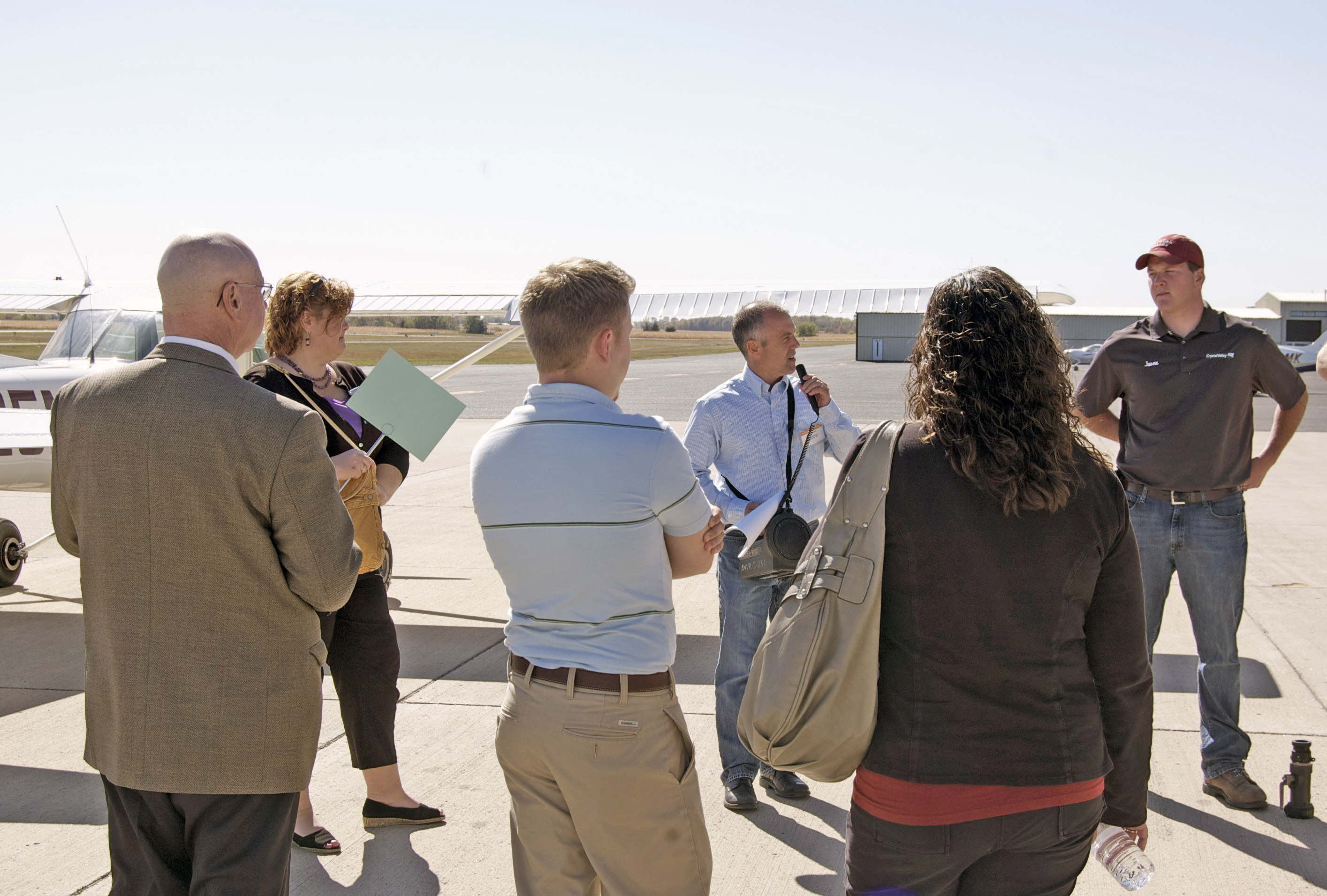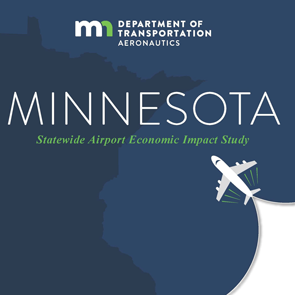By Ann Johnson, P. E.

As a Minnesota state senator who was also a civil engineer and teacher, I had planned during my term to influence legislative decisions with objective facts and data. I was disappointed, however, by the deep partisanship I encountered and lack of action for supporting our infrastructure in general. Maintaining and improving the systems that enable our way of life is simply too important to be a political issue.
Serving in the Senate was one of my greatest honors, and I’m grateful for the insight I gained. I’ve spent the last six months helping colleagues and friends understand the legislative process. Former Minnesota House member Mike Beard and I will be sharing information on that topic at this year’s Minnesota Airport’s Conference on April 28. Knowing how to effectively communicate with elected officials is so critical to the health and support of an airport and to our entire state’s aviation system that I was surprised by how few citizens optimize the process. Let’s change that!
How to impact the process
First, determine your goal. Do you want to build awareness, advocate for change, shape policy, or secure funding? All of those objectives are great, but they require different approaches.
Building awareness and advocating for change can be accomplished by holding an event at the Capitol, a press conference, or a rally. It’s also easy to meet with any House or Senate member or committee staff. You can find out who represents you on the Minnesota Legislature’s Geographic Information Services page. While your own legislator may enjoy meeting you and care about your issue, a committee member concerned with the issue you’re advocating for—especially the committee chair or minority leader—will have the most power to move your idea or concerns forward. To be efficient, determine the appropriate committee. Skip to the front of the line by calling your representative directly and talking to their legislative assistant. They’ll likely know the process—or who to ask if they don’t. Committee lists and legislator contacts are easily accessed through the online lists for House committees or Senate committees.
Meeting with committee members will also inform the path to change. Legislators have access to legal experts and can easily find out how a problem might be addressed. If legislation or a statute change is required, your next step will be to find a sponsor to initiate that. Lawmakers will formulate an idea and present it to the Revisor’s Office, which will identify the statute and language requirements. The bill will come back to the lawmaker in what’s called a “jacket;” proposed legislation needs both a House and Senate jacket, or file, assigned to it. Finding a champion in both the House and Senate is critical to getting your legislation passed.
Bills are introduced and then assigned to the appropriate committee. The most extensive discussion on a bill occurs in committee. Before a bill can be recommended for passage it is given a public hearing during which it is explained, debated, and amended. Often a bill is rewritten in committee based on comments from the public. After a bill leaves committee it may be fine-tuned by floor amendments and conference committee, but its basic structure generally remains as created in committee.
With that in mind, the most effective ways to impact legislative action are to find a champion to author a bill and to offer your own technical expertise and personal experience to both craft the bill’s language and testify at committee hearings. Citizen advocates can also impose pressure on committee chairs to schedule a hearing
The status of all bills is available online, and advocates can determine if one is being held up in committee or if a hearing has been scheduled. The Senate and House websites offer easy search guides to “bill search” and “status.” Users can also search bills by subject, keyword, author, and year of introduction. So if you’re interested in a specific topic or issue that has been unsuccessful in passing previously, you can search by topic. Bills can be resurrected and introduced again, which saves the revisor and legislators time. For advocates, know that the Revisor’s Office gets busy as the session progresses. Also, ideas cannot become bills if they aren’t jacketed. Contact legislators in the fall or early winter to allow the most time and realize that it may take several sessions to accomplish a goal and plan accordingly.
Note that the Minnesota Legislature offers a tool—“MyBills” (available as a subscription service)—for tracking the progress of any bill that interests you.
Another way to impact the process is to offer your expertise and assistance. Legislators on the Transportation Finance, Capital Investment, and Local Government committees could all use your help in understanding the importance of both general and commercial aviation. Many legislators do not know about our extensive system of airports and its economic impact. Work with lobbyists to make those connections (through MCOA, the League of Minnesota Cities, Association of Minnesota Counties, or similar organizations) and make the rounds. Invite your legislators or committee chairs to meet with you or visit your airport. As a group of advocates, this is even easier to do. Legislators are glad to have your insight, advice, and phone number. Seriously!
Let’s become responsible stewards of the airports and other infrastructure assets that enable our way of life. Pipes break, pavements fail, bridges collapse, and navaids wear out unless they’re maintained. Airports are a key part of our state’s economic activity, and maintaining or expanding our system is crucial.
One thing that I learned above all was that the passion and input of citizen advocates makes a big difference in what bills are heard and passed. The number of people I met while in office was small; not enough of us are doing the work of educating our elected officials on the important issues of the day. And not enough of us are running for office. Please connect with me if you’d like to talk more about that opportunity, as I have lots of great advice to share! I look forward to continuing this discussion at the Minnesota Airports Conference and hope you come to the session with both questions and ideas.
—Ann Johnson Stewart was the Minnesota State Senator for District 44 from 2020–2022. She is a civil engineering instructor at the University of Minnesota as well as founder and former owner of Professional Engineering Services.


